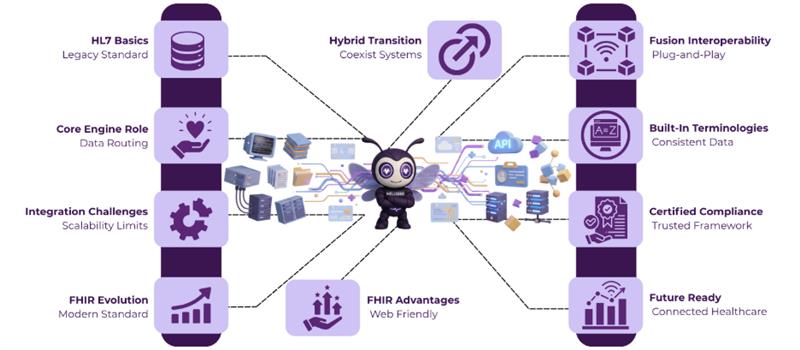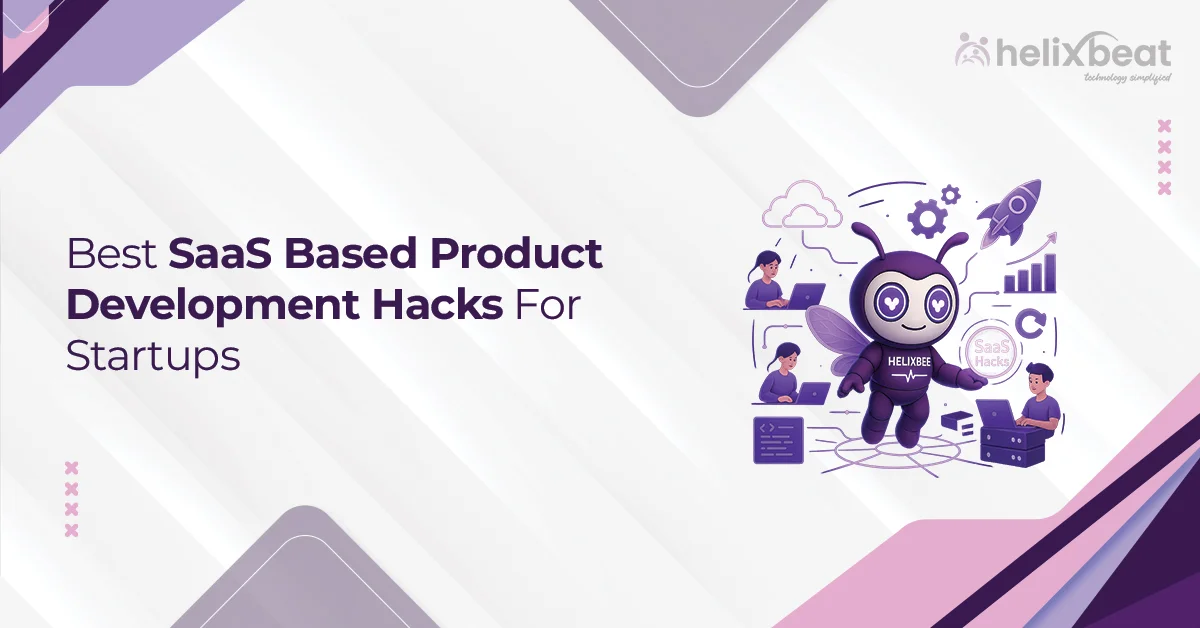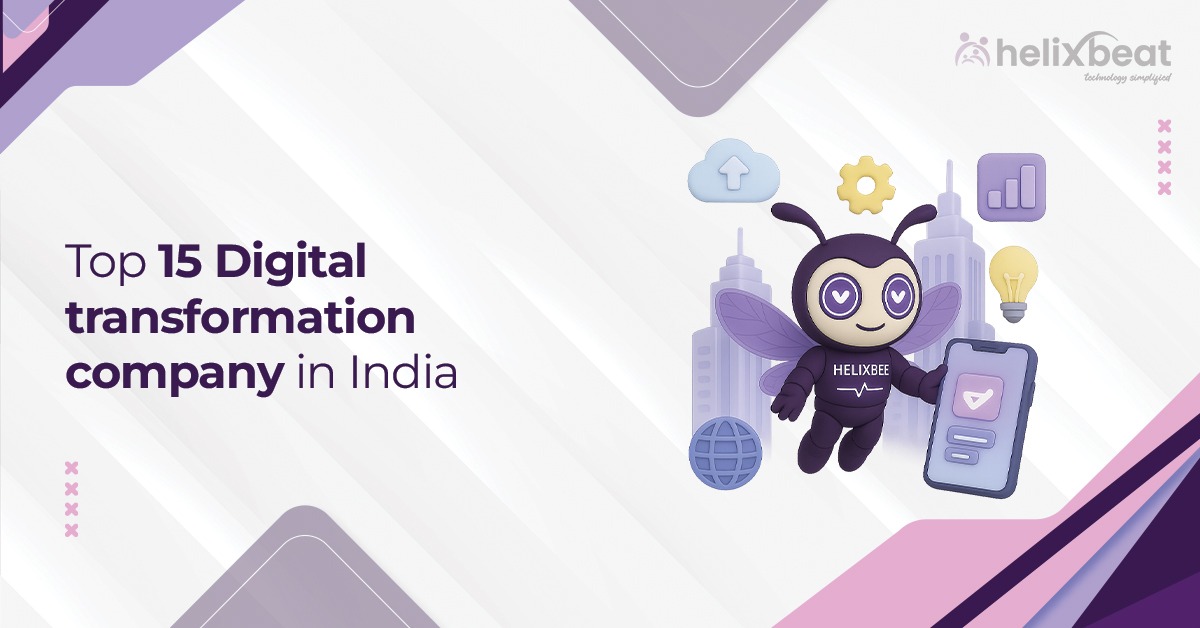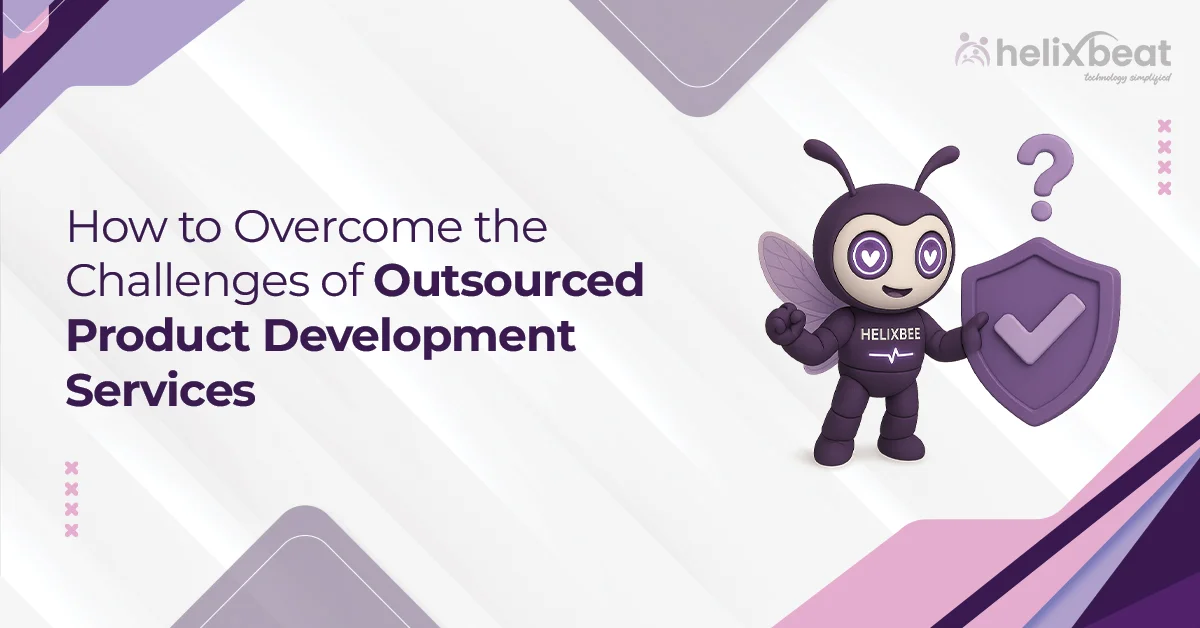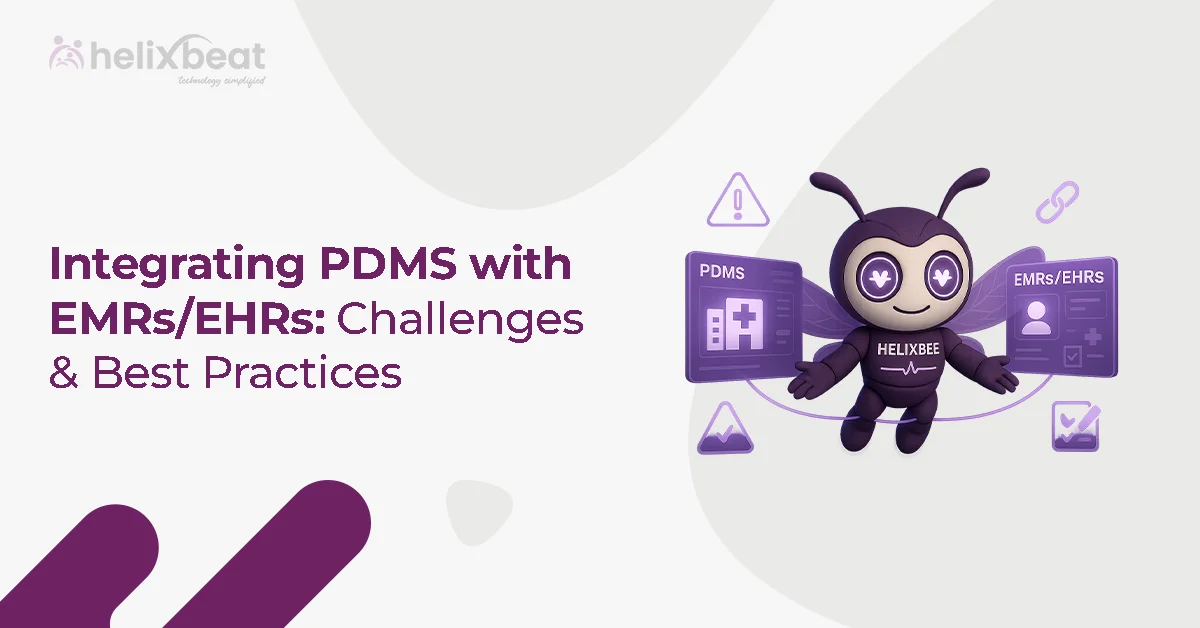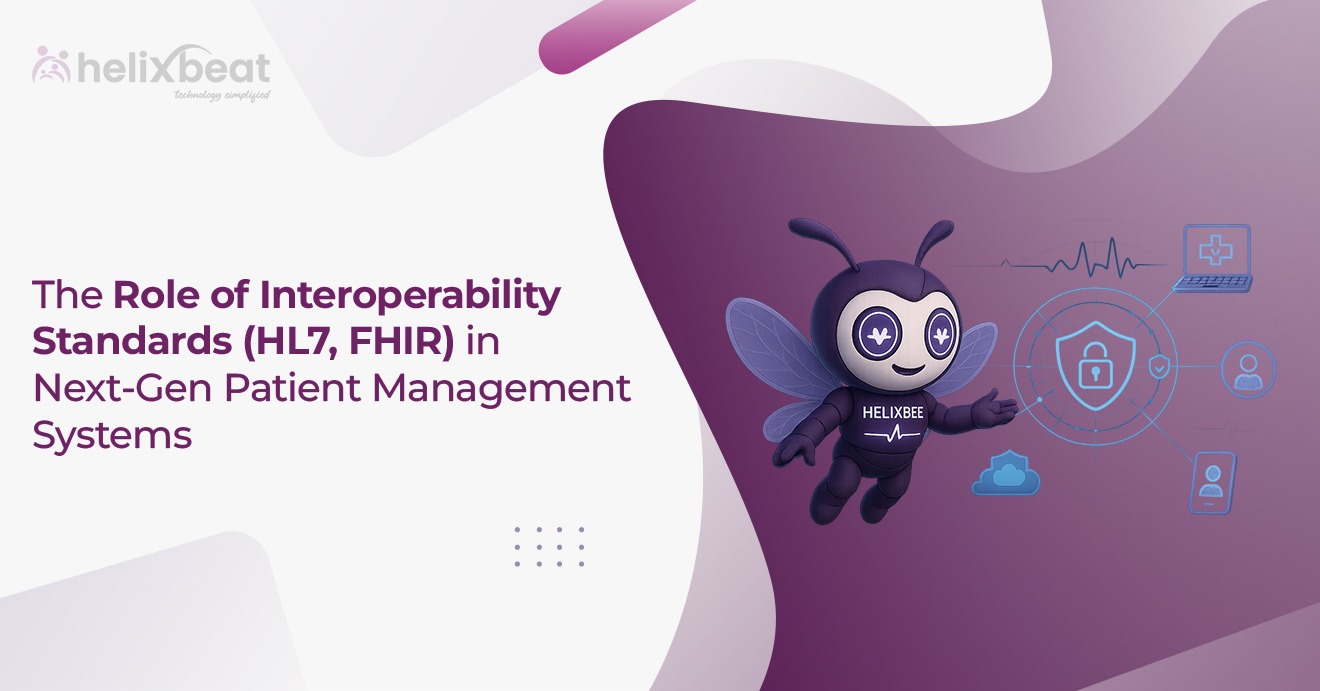The importance of a cloud transformation strategy cannot be overstated. In a world where infrastructure is shifting to the cloud, having a robust and forward-looking cloud strategy ensures your business remains agile, scalable, and secure.
According to McKinsey, cloud adoption could unlock over $1 trillion in value for Fortune 500 companies alone—a number that underlines the true potential of cloud transformation strategy.
The global cloud services market reached a value of $551.8 billion in 2021 and is expected to soar to $2.5 trillion by 2031.
This astronomical growth is propelled by cloud giants like AWS, Microsoft Azure, and Google Cloud Platform, enabling even small and mid-sized businesses to adopt enterprise-grade cloud strategies.
But here’s the kicker: Just migrating to the cloud isn’t enough.
You need a comprehensive cloud transformation strategy—one that is tailored to your business structure, technology stack, and long-term vision.
Let’s learn Helixbeat’s cloud transformation strategy

Table of Contents
Understanding Cloud Transformation strategy
Cloud transformation strategy is the strategic overhaul of your business’s IT infrastructure, applications, and workflows to leverage the full power of the cloud. It goes far beyond a basic lift-and-shift migration—enabling businesses to modernize operations, optimize costs, and deliver exceptional customer experiences.
By adopting cloud solutions, companies can:
- Unlock scalability on demand
- Reduce operational costs
- Accelerate time to market
- Enable data-driven decisions
- Foster innovation through next-gen technologies like AI and ML
Why Your Business Needs a Cloud Transformation Strategy
Each cloud transformation strategy journey is unique. It requires a vision-led, data-informed, and agile approach to identify gaps and optimize outcomes.
1. Business Alignment
A well-thought-out cloud strategy ensures that your tech transformation supports your core business objectives. For example, if your goal is to expand into new markets, a cloud platform can support global scale while maintaining agility. Netflix aligned its cloud journey with its mission to offer seamless streaming globally. By moving to AWS, they ensured high availability and low latency across countries.
2. Enterprise-Wide Value
Cloud transformation strategy isn’t just about moving data centers. It’s about modernizing experiences, operations, and analytics. Take Starbucks, for instance. By migrating to the cloud, it was able to offer customers personalized experiences through its app—tracking preferences, order history, and offering custom rewards. Internally, they used cloud analytics to optimize inventory and supply chain management.
3. Risk Mitigation
Without governance, cloud adoption can lead to compliance violations or data breaches. A strategy helps evaluate cloud vendors, set data governance policies, and define access controls. For example, a healthcare firm migrating to the cloud must ensure compliance with HIPAA. With a proper cloud strategy, they can select a vendor that meets these standards and create secure data access protocols.
4. Stronger Business Case
Executives and stakeholders need to see a clear return on investment (ROI). A transformation strategy lays out a phased roadmap—outlining cost savings, productivity boosts, and revenue growth. Consider Capital One: they justified their cloud spend by showing cost savings on legacy hardware and improved time-to-market for digital banking services, backed by a solid multi-year plan.
5. Execution Excellence
Cloud transformation strategy requires tight coordination between IT, finance, and operations. Without a central strategy, teams may work in silos, delaying the transformation. A well-crafted plan ensures smooth execution. For example, Unilever’s cloud strategy involved not just tech upgrades but also finance modeling and operational restructuring, leading to more agile innovation and reduced time-to-market.
6. Real-Time Data Insights
One of the biggest benefits of cloud is centralized data access for analytics. Businesses can use AI and machine learning to turn data into insights instantly. Amazon uses real-time data from its logistics and retail operations to optimize delivery routes and forecast demand spikes, thanks to its cloud-based infrastructure.
7. Faster Innovation
Cloud-native architectures let businesses experiment, iterate, and deploy new services rapidly. Spotify uses cloud platforms to roll out new features, such as personalized playlists and AI-driven song suggestions, at scale and speed. This agility is crucial in competitive markets.
8. Built-In Resilience
Cloud platforms offer high availability, disaster recovery, and fault tolerance. For instance, during the pandemic, many e-commerce platforms saw traffic surges. Those with robust cloud strategies—like Shopify—handled the load with zero downtime, maintaining customer trust and continuity
Top 10 Cloud Transformation Strategy for your business
- Assessment First, Migration Later Before jumping into the cloud, assess your current IT landscape. Evaluate legacy applications, infrastructure, and workloads. Determine what is cloud-ready, what needs reworking, and what should remain on-prem. This step minimizes surprises and ensures a smoother migration.
- Set Clear Business Goals Define what success looks like for your cloud journey. Are you aiming to reduce costs, increase scalability, improve security, or enable innovation? Clear goals ensure alignment across business units and help measure progress.
- Choose the Right Cloud Model Every business is different—your cloud model should reflect that. Public clouds offer flexibility, private clouds offer control, and hybrid or multi-cloud models provide a mix of both. Your decision should be based on compliance, data sensitivity, and workload requirements.
- Pick the Right Vendor Don’t just go with the biggest name. Evaluate vendors like AWS, Microsoft Azure, and Google Cloud based on your unique needs—look at service offerings, support levels, security certifications, and pricing structures. Also, consider their partner ecosystems and third-party tool integrations.
- Create a Phased Migration Plan Avoid the all-at-once approach. Instead, migrate in phases. Start with non-critical systems and pilot projects to test your approach. Refine your process before moving mission-critical systems. This incremental migration reduces risk and builds confidence.
- Modernize Before Migrating Legacy applications can be a drag in the cloud. Refactor or re-architect them for cloud-native functionality. This ensures better performance, scalability, and maintainability post-migration. You’ll also avoid costly technical debt.
- Automate Everything You Can Automation reduces human error and accelerates deployment. Automate infrastructure provisioning, backups, monitoring, and scaling. Tools like Terraform, Ansible, and cloud-native solutions from your vendor can make a huge difference.
- Focus on Governance and Compliance Security, data privacy, and compliance cannot be afterthoughts. Implement governance policies from the start. Define access roles, monitor usage, and ensure your cloud environment adheres to industry regulations. Use tools like AWS Config, Azure Policy, or Google Cloud’s Security Command Center.
- Train Your Teams Your cloud transformation strategy is only as successful as the people driving it. Upskill your IT staff and developers with certifications and hands-on training. Foster a cloud-first mindset across departments to build a collaborative and capable team.
- Track, Analyze, and Optimize Post-migration is where the real magic happens. Continuously monitor application performance and cloud spend. Use dashboards and analytics tools to gain insights and drive improvements. Regularly review KPIs and optimize for performance and cost.
Technology Transformation Services to Support the Strategy
To support your cloud journey, many businesses partner with technology transformation services providers, such as Helixbeat. These experts offer:
- Cloud readiness assessments
- Strategic roadmap development
- End-to-end cloud migration services
- Ongoing optimisation and support
Helixbeat helps you avoid costly mistakes, speed up your transformation, and stay aligned with industry best practices.
Real-World Examples of Cloud Transformation Strategy
Netflix harnesses cloud computing to revolutionise how it delivers content and engages users. Cloud infrastructure enables Netflix to stream high-quality video globally, maintaining low latency and high availability—even during peak demand.
Behind the scenes, AI-powered recommendation engines and real-time analytics personalize user experiences by processing vast amounts of data, keeping viewers coming back for more.
Airbnb As a leading digital marketplace for lodging and experiences, Airbnb relies on the cloud to manage millions of listings, bookings, and user interactions. Cloud scalability ensures smooth performance during peak travel seasons, while supporting dynamic pricing, advanced search algorithms, and real-time user reviews. This infrastructure underpins secure transactions and a reliable experience for both guests and hosts around the world.
Capital One To stay competitive in a fast-evolving financial sector, Capital One migrated its core systems to the cloud. This move enhanced its ability to roll out new digital banking services faster and more securely.
Leveraging cloud-native security and compliance tools, Capital One now protects sensitive financial data while enabling agility in development and operations. The result: faster innovation, improved customer service, and a tech-forward banking experience.
Conclusion
Cloud Isn’t Just the Future—It’s the Now.
But here’s the truth: simply moving to the cloud won’t give you a competitive edge. What you need is a smart, agile, and well-crafted cloud transformation strategy—one that doesn’t just support your digital evolution but drives it with clarity, purpose, and power.
At Helixbeat, Our technology transformation services help you build that roadmap. From strategy to execution, we ensure your cloud journey is secure, scalable, and tailored to your unique business goals.
- Understand the importance of a solid strategy
- Implement best practices with confidence
- Leverage expert support every step of the way
Ready to level up your digital transformation with a cloud transformation strategy?
Make strategy your foundation—because when you partner with Helixbeat, the sky (or the cloud) is the limit.
FAQs
What is cloud transformation, and why is it important?
It’s the shift to cloud-based systems to improve speed, flexibility, and innovation. It helps businesses stay competitive and scalable.
How can cloud migration transform business operations?
It boosts efficiency, reduces costs, supports remote work, and prepares the business for future tech like AI and real-time analytics.
What should organizations consider when choosing a cloud migration provider?
Look for expertise, security, industry experience, support quality, and flexible pricing.
What are key factors in choosing a cloud migration strategy?
Assess current systems, set clear goals, pick the right cloud model, plan phased migration, and ensure compliance.
Why is a cloud transformation strategy important before migration?
It aligns tech upgrades with business goals, reduces risks, and ensures smooth execution.



